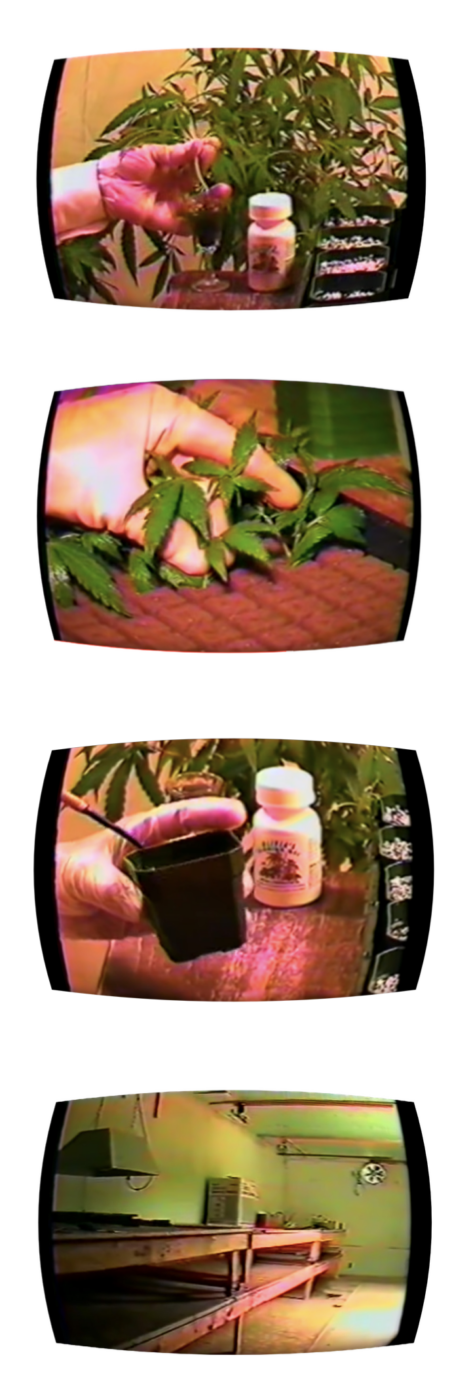Where and how we grow has come a long way in the last fifty years, but if you were born after 1990, you might not have any real concept of how cannabis was traditionally cultivated in the 20th century. Walk into any modern cultivation facility and you’ll find technology more suited to space exploration (and perhaps even derived from it) than anything used even just ten years ago. Even so, there’s a lot to be learned from looking back. Early pioneers developed practices and techniques that inform how we cultivate today from the dominance of indoor facilities to the use of alternative and energy-saving lighting, hydroponics, and high-density plant configurations (see “Vertically Integrated” on page 56). So, while everyone else is hard at work pushing into the future, we thought we’d stop and take a moment to remember the way it was–when everyone was a craft cultivator, pounds still sold for more than $4,000, and good women and men put their lives on the line to give us all a simple, quality toke. From ramshackle closet grows to false walls, here’s our roundup of the underground’s best (and worst).

THE DORM ROOM CLOSET.
These one- to two-plant set ups were more about youthful exuberance and bucking the system than actual cultivation, but everyone has to start somewhere. Usually wallpapered with aluminum foil (mylar emergency blankets if you were being fancy) and outfitted with anything from clip-on bendy desk lamps to your mom’s old sun lamp, these grows were not known for quantity or quality. But, with most residence hall assistants and campus security turning a blind eye, they were exquisitely low risk. The biggest challenge on most campuses? Finding someone to water them over winter break.
THE EXTRA BEDROOM.
A step up from the dorms for sure, but rife with their own set of complications, including always preventing visitors. And with most in-home grows boasting the telltale window air conditioner and green bulbs in the ceiling fixture for visibility, curious neighbors and delivery people could be a problem as well. Not to mention the in-laws. What they lacked in discretion though, they made up for in low overhead and ease of access. So much so that it’s still the go-to for legal home cultivators.
THE ATTIC CRAWLSPACE.
Think plywood floors, rows of roof vents, and a beacon crack of light always leaking out from somewhere. Add to that extension cords running across insulation and down walls, ceiling drips and leaks, and you have the fire hazard that often was the attic grow. Similar, although with water, not fire issues, was the basement grow, always in the houses with your friend who would never let the band over to practice even though he presumably had the space for it. Oh, and don’t forget the mold. Always the mold.
THE BACKYARD SHACK/HOOP HOUSE
These ancillary structures were constructed under the guise of producing everything from large quantities of heirloom tomatoes and urban chickens to the next great American novel. But, as evidenced by the constant glow of heat lamps and a faint skunky odor, usually just held about half a dozen mature plants. Because they all had water and electricity though, they have been nearly universally converted to Airbnbs. Yep, you’ll never look at your old lady neighbor the same again.
THE CONVERTED WAREHOUSE
The mullets of the industry. These spaces were often business in the front and party in the back, complete with false walls, hidden entrances, sound and odor proofing, trim rooms, and some seriously sophisticated air exchange systems. Many of these spaces are now defunct, but only because their master growers have moved on to bigger and better things in the recreational and medical spheres. They were so common, in fact, that Grow Magazine hosted the Grow Classic 2018 in what used to be one such facility since converted to a beautiful meeting space and venue in Eugene’s famous Whiteaker neighborhood.

THE BURIED SCHOOL BUS
This, and its lesser, aboveground cousin the cargo container, win big for ingenuity. But the buried school bus comes in way out front for style. Starting in the 60s, these babies were the darlings of the grow community and a sign of a real mastermind. To grow in these confined spaces often meant high-tech engineering (often with low-tech gear like street lamps), a big buy-in, and some serious earth-moving equipment. Outdoor cultivators are still using these to solve storage and work-space problems and, increasingly, as high- end offices and on-site tiny homes for workers.
IN PLAIN SIGHT.
An option neither for the faint of heart nor those with contentious relationships with their neighbors. Many outdoor grows simply “hid” amongst foliage in an otherwise legal garden–a harbinger of what is now the robust practice of companion and community planting. Plain sight gardening was common enough on the West Coast in the 70s that Armistead Maupin included the practice in his wildly popular Tales of the City books. More than that however, many of these plots were attempts at legitimate activism aimed at normalization, education, and good old system bucking. Guerilla gardens were common outside police stations, courthouses, and even some public institutions of education.
We’d love to show you some fabulous pictures of these places, but as any pre-legalization cultivator will remind you, back then, pictures were called “evidence.” That doesn’t mean that the history is lost. It’s right there in front of you, in cutting edge lighting, irrigation, and air control systems, indoor cultivation techniques, the plants themselves, and the growers that kept it all going. There’s a robust oral history tradition that’s important to pass forward.
The next time you step into your garden, take a moment to think about how the “way it was” has crafted the “way it is.” What will you contribute to the story?

